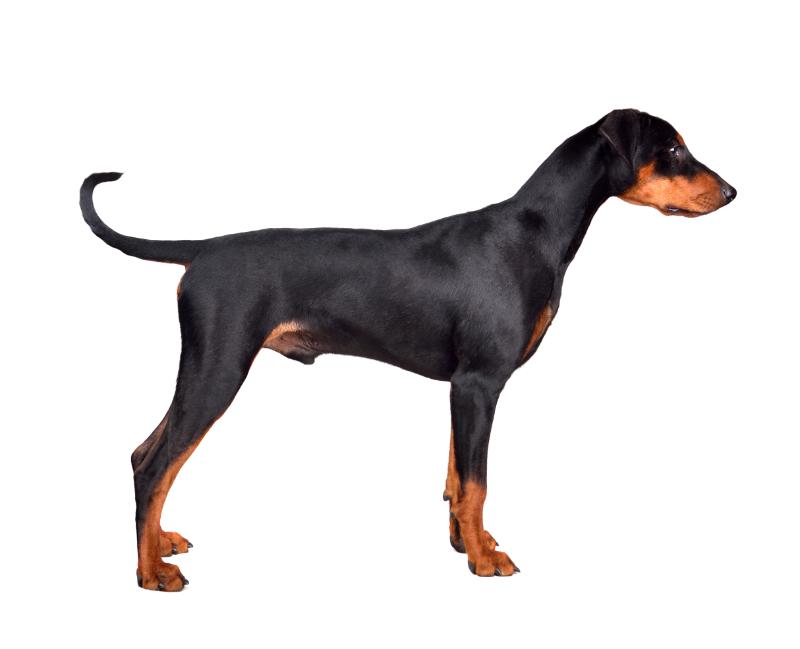The Fawn Doberman Pinscher, a Doberman sporting a fascinating color scheme, can require some distinctive care. This variety of Doberman is quite rare due to its unique ‘Fawn and Rust’ coloration – one of the only four acknowledged by the American Kennel Club (AKC). The majority of these noble canines bear Black and Rust, or Red and Rust coats, making the elegant Fawn Doberman a coveted rarity.
Understanding the Genetics of a Fawn Doberman

In the multifaceted world of Doberman genetics, Fawn Dobermans, just like Blue Dobermans, are color ‘dilutes’. The ‘Fawn’ hue is a diluted version of ‘Red’, and similarly, ‘Blue’ is a dilution of ‘Black’. Let’s delve a bit deeper into this intriguing matter:
- Some Dobermans carry only dominant color genes (Black).
- Others might feature a dominant gene and a recessive Red gene.
- Some carry only the recessive Red gene.
Now, for a litter to yield a Fawn Doberman, both parents must carry a dilution gene. Ultimately, the potential creation of a captivating Fawn Doberman is left to the intriguing dance of dominant, recessive, and dilution genes.
Balancing Health: Unique Challenges to Look For
Willebrand’s Disease

Like every breed, Dobermans are prone to specific ailments. Willebrand’s disease is one such health challenge, affecting their blood clotting ability. Fortunately, this can be detected early and managed proactively.
Heart Disorders

Some Dobermans might face dilated cardiomyopathy, a serious heart condition linked to their genetic make-up. Responsible breeding helps to minimize the risk of this disorder.
Hypothyroidism

This is a common health challenge for many Dobermans, affecting their thyroid function. Luckily, it’s typically quite straightforward to approach and manage this condition with the assistance of a veterinary professional.
Increased Skin Sensitivity in Fawn Dobermans

Unique challenges for Fawn (and Blue) Dobermans often lay within their skin health. A disorder called Color Dilution Alopecia (CDA) affects their hair follicles, leading to abnormal hair loss. Even though this might seem worrisome, remember that this condition doesn’t cause discomfort or ill-effects to your Fawn Doberman. It’s merely a manifestation of their unique coat.
When Hair Loss Isn’t Just About the Coat: Hypothyroidism Alert

If your Fawn Doberman starts losing hair, it might be more than the skin-deep condition of CDA. This could also hint at hypothyroidism. Therefore, it’s recommended to consult a professional for an accurate diagnosis and ensure your elegant companion is in perfect health.
In summary, with their graceful demeanor and rare aesthetics, Fawn Dobermans make an excellent choice for families. Contrary to common perception, these dogs are people-pleasers who revel in human interactions. With proper care and attention, a Fawn Doberman could become a treasured addition to your household. Just remember to keep an eye out for the unique considerations that this extraordinary color brings!
Related Resources: